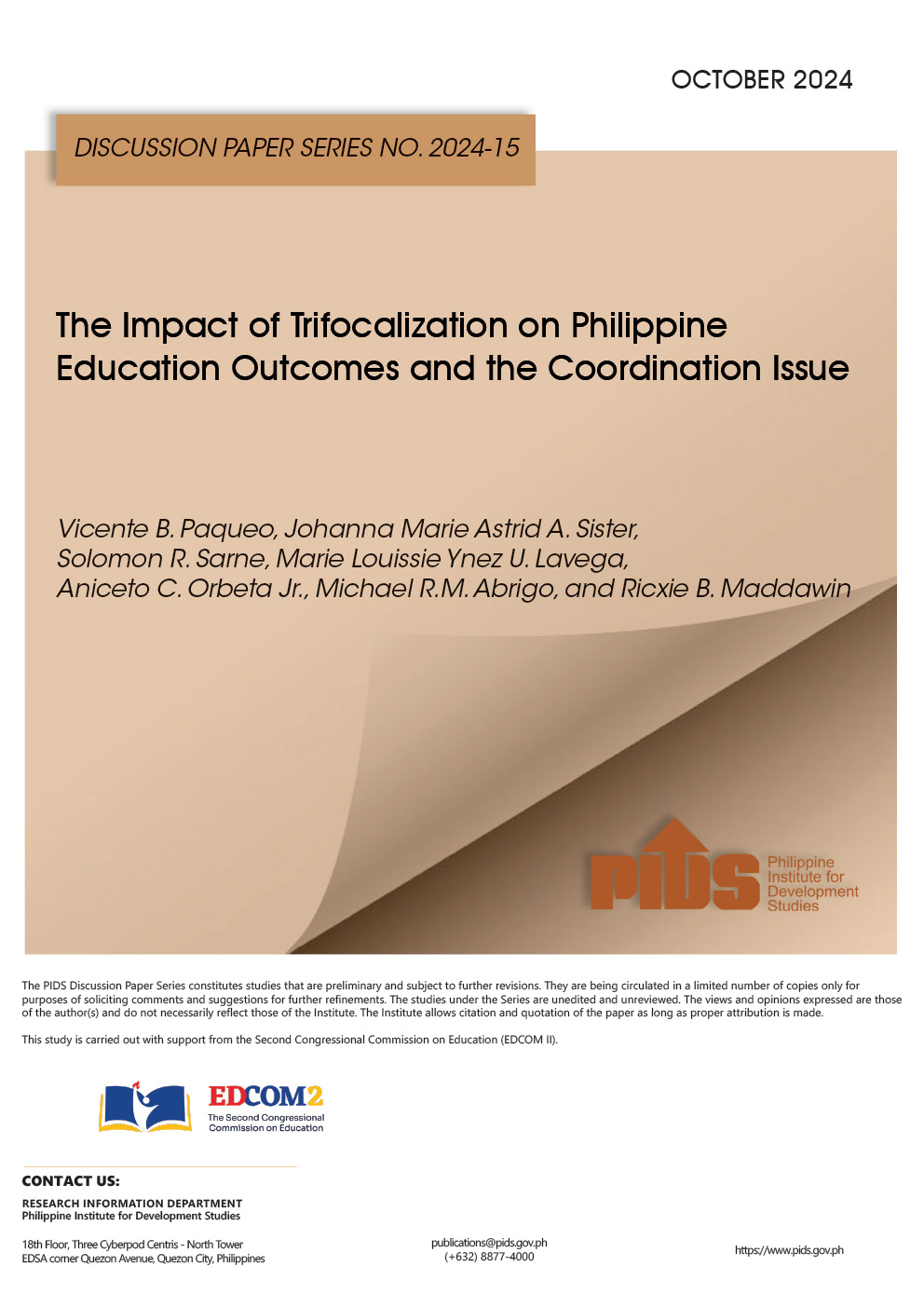The thrust toward economic policy reform that followed the election to the presidency of Fidel Ramos produced laws and presidential directives that rationalized, through the removal of entry barriers, the transportation and communication sectors of the Philippine economy. Unfortunately, one segment of the transportation sector got left out of the reform process. That mistake was corrected by a signing ceremony in Malacanang several weeks ago.
On that occasion, President Aquino affixed his signature to the Cabotage Act of 2015 (Republic Act No. 10668). The signing marked the end of the odyssey of those, within and outside the government, who had long sought the overhaul of a shipping regulatory system that they considered out of date, discriminatory and, above all, economically unsound.
The changes that the Cabotage Act of 2015 has brought about consists of three parts, namely, the Act will (1) allow ships of foreign registry to call at Philippine ports, (2) allow ships of foreign registry to engage in coastwise shipping (cabotage in French), i.e., the carriage of goods from one Philippine port to another Philippine port, and (3) enable Philippine exporters and importers to load their shipments on ships of foreign registry.
The new law is a real game-changer. Prior to the Malacanang signing ceremony, foreign vessels were not allowed to engage in cabotage. The approval of the Cabotage Act of 2015 is no small victory, for the reservation of the right of cabotage to Philippine vessels was something that the domestic shipping industry jealously guarded and zealously defended. I have personal knowledge of this, from my days as a business columnist for a newspaper whose owner was also the owner of a shipping company. In one column I wrote about the economic unsoundness of the then-Cabotage Act. That column was not printed. I got the message, and I did not touch that subject again.
One does not need a degree from the London School of Economics, or any other school for that matter, to appreciate that the cost of shipping goods — whether by sea or land or air — impacts on the prices of goods and that high shipping costs, by pushing up product prices, are inflationary.
Just how inflationary high shipping costs are has been illustrated in an oft-quoted example provided by Joint Foreign Chambers of Commerce in the Philippines, which has been one of the most fervent proponents of an overhauled cabotage law. The freight for shipping a 40-foot container from Manila to Cagayan de Oro is around a $1,680. On the other hand, if the shipment were transshipped from Hong Kong or Kaohsiung, the freight would be only around $1,144, or $1,044, respectively. The difference is a massive 43 percent.
PIDS (Philippine Institute of Development Studies), in a 2014 study, correctly singled out the absence of foreign competition as a principal cause for the high costs of shipping goods in and out of the Philippines and within the Philippines.
To economists, and to producers and distributors of goods, competition is everything. With the entry of foreign-flag vessels, the oligopolistic position of the domestic shipping companies has ended. The Cabotage Act of 2015 has come as an enormous gust of wind into the Philippine shipping industry. Things will never be the same again.
The coming into force of the Cabotage Act of 2015 is by no means the end of the story for this country’s maritime transportation system. There are other issues to be resolved. Of these, the state of Philippine ports is the most important and the most urgent. But a new ballgame has begun.//











